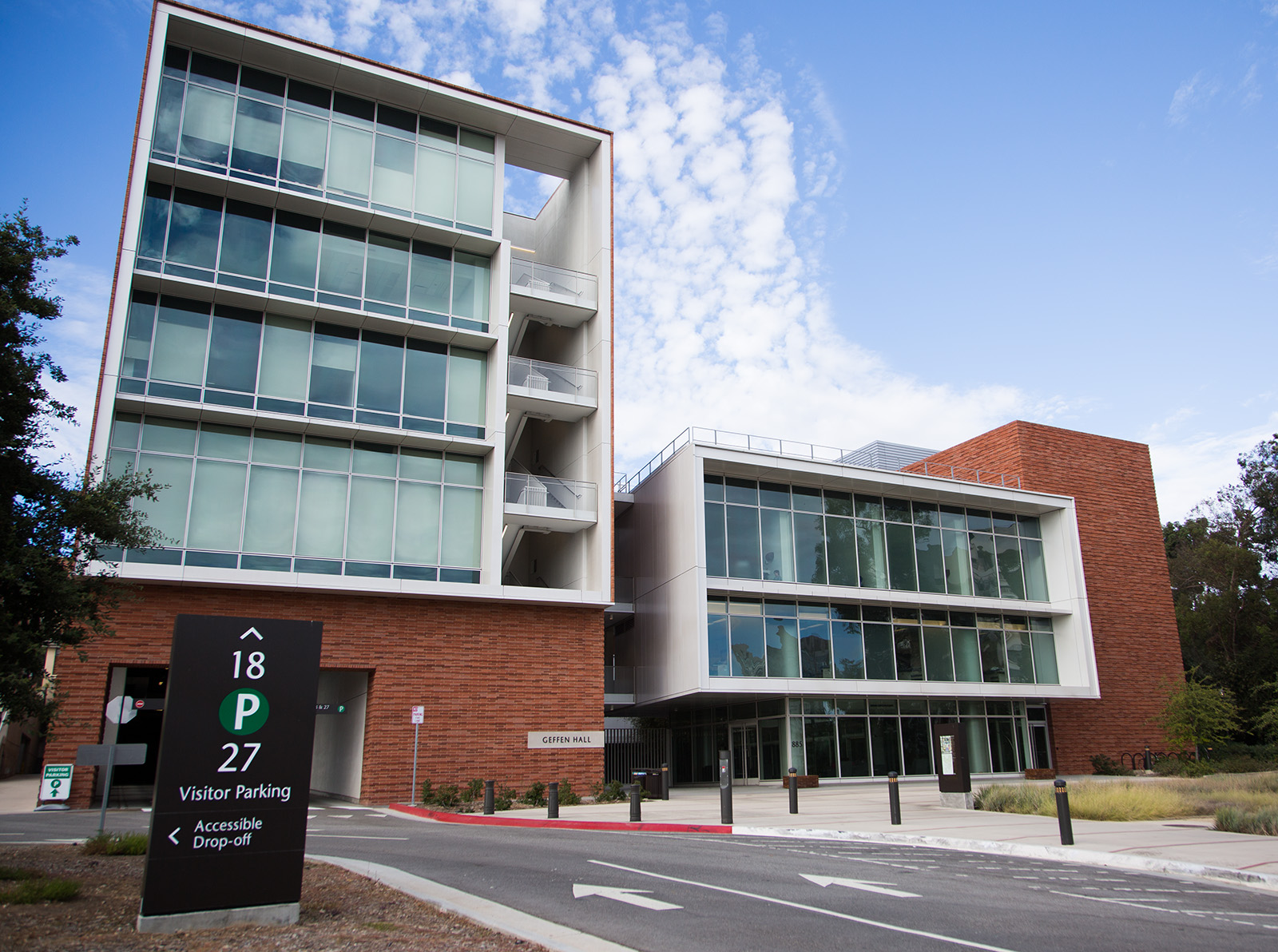UCLA researchers publish new study on link between lipids and inflammation

The David Geffen School of Medicine is pictured. Research published regarding the link between lipids and an anti-inflammatory molecule included research at the DGSOM. (Daily Bruin file photo)
By Danielle H. Cho
May 27, 2024 11:04 p.m.
UCLA researchers have found that the metabolism of certain lipids is linked to chronic inflammation in the intestines.
The study identified a specific type of lipid – very long chain ceramide – as inflammatory. VLC ceramides fall under a class of lipids called ceramides, which are important for skin barrier function in skin cells and have been implicated in heart disease, programmed cell death and inflammation, said Autumn York, the first author of the study, in an emailed statement.
Anthony Covarrubias, an assistant professor of microbiology, immunology and molecular genetics, said the study highlights how some lipids might suppress inflammation while others might stimulate it.
Inflammation is caused by the immune system attempting to get rid of disease-causing agents, such as viruses or bacteria, York said. She added that long-term inflammation is caused by the inability to turn off this response.
Chronic inflammation can also contribute to other diseases including type 2 diabetes, cancer and neurodegeneration, Covarrubias said.
York, who received her doctoral degree from UCLA and is currently an assistant professor of immunology at the University of Washington, said one known anti-inflammatory molecule, IL-10, is released by immune cells to turn off the inflammatory response. She added that humans and mice without this molecule tend to get inflammatory diseases in the colon.
Researchers found that IL-10 reprograms how immune cells metabolize lipids to limit inflammation, said Steven Bensinger, a professor of microbiology, immunology and molecular genetics. He added that in the absence of IL-10, the immune cells in the body do not make as many monounsaturated fatty acids which in turn increases production of VLC ceramides.
York said the researchers also wanted to investigate whether they could alleviate the effects caused by the lack of IL-10 by changing the lipid levels. Adding VLC ceramides to immune cells boosted inflammation even in the absence of IL-10, she added. In mice with immune cells that were no longer able to produce VLC ceramides, the inflammation was reduced despite the lack of IL-10, York said.
When monounsaturated fatty acids – found in foods like olive oil and nuts – were fed to the mice lacking IL-10, it reduced inflammation.
The study further found that a change in a cell’s lipid composition activates a specific protein involved in DNA reading, said Steven Bensinger, a corresponding author of the study. The activation of this protein increases inflammatory gene expression, according to the paper.
The results of this study suggest that any genetic mutations or changes in protein activity along the metabolic pathway might explain why some people are more prone to inflammation in different disease states, Bensinger added.
Going forward, the researchers will also investigate other cell types, York said. Bensinger added that this study might act as a blueprint for future work investigating other anti-inflammatory molecules in different parts of the body.
“I’m very optimistic that with this shift in the way we think about the crosstalk between lipid metabolism and inflammation, we will now be able to uncover new pathways and new influences,” Bensinger said.


